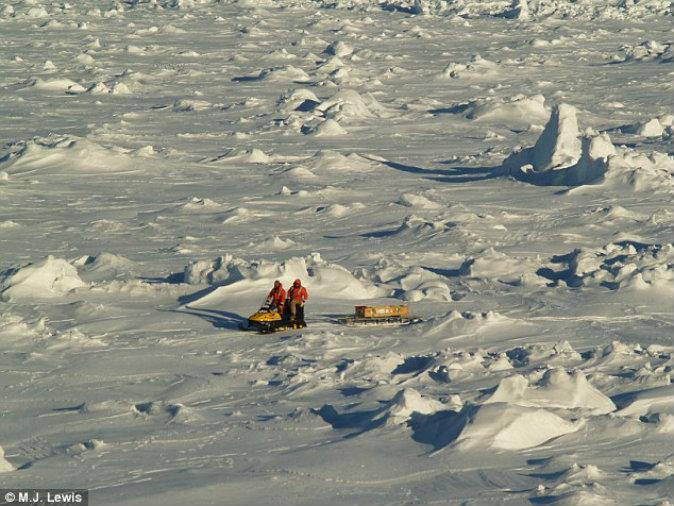The ice in Antarctica is increasing while ice in the Arctic is decreasing, a study by NASA and NOAA released on May 20 says.
The Arctic is set for a record-breaking melt this summer, NOAA says. The agency says a snowmelt occurred on May 13 in Alaska, which makes it the earliest snowmelt in 73 years of record keeping. The new mark beats the previous 2002 record by 10 full days.

This image from April, 2016, shows recent fracturing and rotation of sea ice near Alaska and the western Canadian Arctic archipelago. National Snow and Ice Data Center/www.nsidc.org




